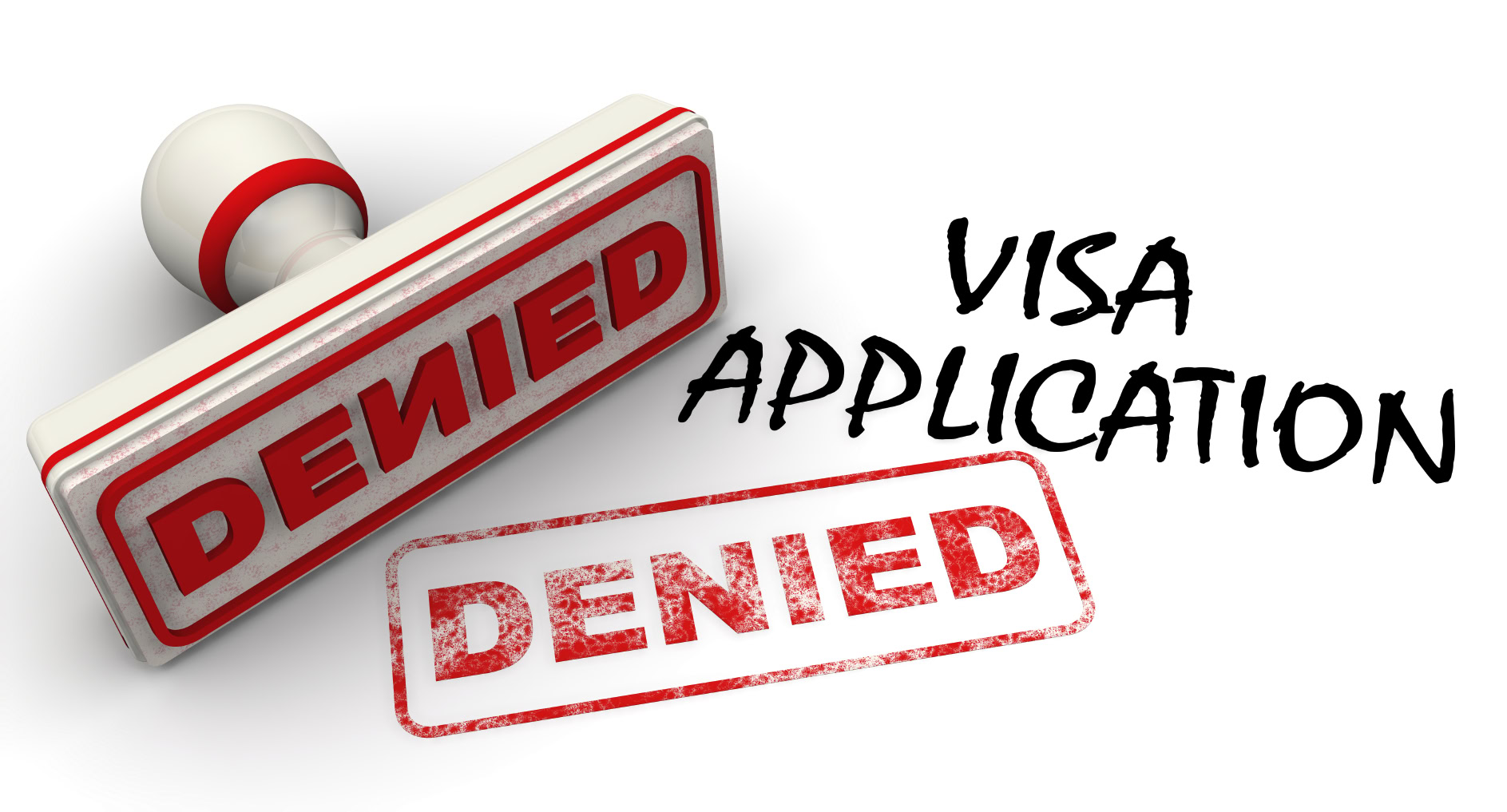Overcoming Criminal Inadmissibility: A Case Study of Jose’s Journey to Enter Canada
Case Study Introduction: Jose’s Challenges
In this case study, we will explore the challenges faced by Jose, a client who sought our assistance in entering Canada for business and leisure purposes. However, a record of misdemeanor offenses spanning different periods of time hindered his aspirations. The scattered nature of these offenses raised concerns about his rehabilitation in the eyes of immigration officers. When offenses occur sporadically over a long period, it may give the impression that there is a risk of reoffending. Consequently, the burden falls on the client to demonstrate unequivocally that they have learned from their experiences. They must also show they have no intention of reoffending, especially while in Canada.
Demonstrating Rehabilitation
When dealing with such a situation, it is crucial to provide a detailed and heartfelt personal statement expressing remorse for past actions. Additionally, it is beneficial to highlight any personal growth and efforts towards rehabilitation. This can include voluntary work or additional classes aimed at addressing the underlying issues associated with the offenses. Collecting supporting documentation, such as letters of reference, that showcase the client’s ownership of past mistakes and their commitment to personal development is highly recommended. This evidence will help assure the immigration officer that the client has taken responsibility for their actions and has transformed into a law-abiding individual.
It is essential to avoid overemphasizing the circumstances that led to the offenses. While it may be tempting to provide context or explanation for the infractions, this approach is generally more effective for one-time offenses. In the case of multiple offenses, focusing on the future and demonstrating the steps taken to prevent any recurrence is crucial. Immigration officers are primarily interested in the client’s commitment to rehabilitation and their ability to make positive choices moving forward.
Purpose of Trip
Another key aspect to consider is the purpose of the initial trip to Canada. In Jose’s case, as he desired a combination of business and leisure activities, it was vital to highlight the significance of the business aspect.
By explaining how his presence in Canada played a vital role in the success of his business and emphasizing the potential economic loss if he were denied entry, he strengthened his application. When it comes to dealing with criminal inadmissibility, it is important to note that leisure activities, such as fishing or hunting, are less likely to be accepted at the Port of Entry or consulate. Therefore, for the first trip, a focus on the business aspect is of the highest recommendation. Once the necessary document is obtained, subsequent trips can include leisure activities as well, as the document’s validity allows for both purposes.
When determining whether a leisure trip at the Port of Entry is advisable, let us consider some facts. These include the nature of the offense, the elapsed time since the completion of the offense, the number of offenses, and whether the client has previously applied for the consulate. Considering these factors, it is possible to make an informed decision about the suitability of a leisure trip at the Port of Entry.
Decision and Outcome
In Jose’s case, given the complexity and severity of the situation, it was recommended to pursue the business route and submit the application through the consulate. Considering the longer processing time associated with consulate applications, this decision was made with cautious optimism. Ultimately, after an arduous wait of 8 to 12 months, Jose’s application was approved, granting him the opportunity to enter Canada for the duration of the approved permit.
It is crucial to highlight that the first application’s approval holds significant importance. Once the initial document is obtained and the client’s admissibility is established, subsequent trips for business or leisure become more manageable. However, it is advisable to seek professional guidance and evaluate individual circumstances before making any travel plans.
If you find yourself facing similar challenges, we encourage you to reach out to us at Akrami & Associates for assistance. We specialize in helping individuals overcome criminal inadmissibility and have extensive experience in immigration cases. Each case is unique, and by working together with our team of professionals, we can explore the best strategies to help you overcome any obstacles related to criminal inadmissibility. Don’t hesitate to contact Akrami & Associates for personalized support and guidance.
Click here to schedule a meeting with an immigration consultant at Akrami & Associates
Demonstrating Rehabilitation in Canadian Immigration: Steps and Compelling Evidence Introduction:
When applying for immigration to Canada, individuals with a criminal history may face challenges due to their inadmissibility. However, demonstrating rehabilitation plays a crucial role in overcoming these barriers and proving one’s suitability to become a permanent resident. This blog post aims to explore the steps involved in demonstrating rehabilitation and emphasize the importance of providing compelling evidence. We will discuss various types of documentation and actions that can strengthen your rehabilitation claim, such as counseling, community service, and completion of educational programs.
At Akrami & Associates, we have a deep understanding of the intricacies of Canadian immigration law, particularly in cases involving criminal inadmissibility. Our team of skilled immigration lawyers commits to aiding individuals in their path to rehabilitation and effectively overcoming these obstacles. We offer tailored advice and assistance, empowering you to compile the essential evidence and navigate the application procedure with assurance.
Step 1: Accepting Responsibility and Remorse:
The first step towards demonstrating rehabilitation is accepting responsibility for past actions. Expressing genuine remorse showcases your understanding of the consequences of your behavior and reflects your commitment to personal growth and change. Providing a heartfelt personal statement that demonstrates your self-reflection and remorse is crucial in conveying your transformation.
Step 2: Seeking Counseling or Therapy:
Engaging in counseling or therapy demonstrates your proactive approach to addressing the issues that led to the criminal behavior. Seeking professional help shows a commitment to personal development and emotional well-being. You can provide reports or letters from qualified professionals in your counseling or therapy to show evidence of your progress and dedication to rehabilitation.
Step 3: Involvement in Community Service:
Participating in community service demonstrates your willingness to give back to society and make amends for past actions. Volunteering with local organizations, engaging in restorative justice programs, or supporting social welfare initiatives showcase your commitment to positive change. Gathering documentation, such as letters from organizations or supervisors verifying your community service contributions, is essential to support your rehabilitation claim.
Step 4: Completion of Educational Programs:
Continuing education and skill development are significant components of rehabilitation. Enrolling in educational programs, vocational training, or workshops related to your field of interest enhances your knowledge. It further demonstrates personal growth and an improved ability to contribute to Canadian society and the workforce. Including certificates, transcripts, and letters of recommendation from educational institutions can strengthen your rehabilitation claim.
Step 5: Maintaining a Positive Lifestyle and Support Network:
Leading a positive lifestyle, free from further legal issues, is crucial in demonstrating your commitment to rehabilitation. It is important to surround yourself with a supportive network of friends and family who can vouch for your character. Letters of reference from individuals who can attest to your positive lifestyle and community integration can be powerful evidence.
Step 6: Gathering Compelling Documentation:
- To strengthen your rehabilitation claim, gathering and presenting compelling documentation is crucial. This may include, but does not limit to:
- Personal statement: A well-crafted personal statement that reflects your remorse, self-reflection, and the steps you have taken toward rehabilitation.
- Letters of reference: Testimonials from individuals who can speak to your character, rehabilitation efforts, and positive contributions to the community.
- Documentation of community service: Our professionals can provide valuable insights and assist you in gathering the necessary evidence. These include letters, certificates, or photographs that highlight your dedication to making amends and giving back to society. Demonstrating rehabilitation is crucial to overcoming criminal inadmissibility in Canadian immigration cases. By following the steps outlined above you can enhance your chances of a successful rehabilitation claim. Remember to consult with an experienced immigration lawyer or consultant who can provide tailored guidance and support throughout the process.
At Akrami & Associates, we have a proven track record of success in assisting clients with criminal inadmissibility issues. We commit to helping you overcome the obstacles you face. Our team of professionals guides you toward a successful outcome in your immigration journey.
Contact Akrami & Associates today to schedule a consultation and achieve your immigration goals.
Trust Akrami & Associates to be your partner on this important journey.
Cal us today!
𝗘𝗺𝗮𝗶𝗹: Info@thevisa.ca
𝗣𝗵𝗼𝗻𝗲: 416-477-2545 / 1-877-820-7121
Subscribe to Akrami & Associates’ YouTube channel and get to know more about us!
Latest Immigrations News

June 30, 2025
Your Shortcut to Business in Canada: C11 Work Permit
Thinking about launching your business in Canada? Maybe you’ve spotted a gap in the market, or you’re just ready to expand your entrepreneurial journey to one of the most dynamic economies in the world. If that’s you, there’s good news: you don’t need a Canadian employer or [...]

June 24, 2025
Why Canada Visitor Visas Keep Getting Refused And How to Get Approved
Applying for a visitor visa to Canada sounds straightforward on paper. Fill out a few forms, gather your documents, pay the fee, and you’re good to go, right? Unfortunately, that’s rarely how it plays out. Refusals are far more common than most applicants expect. And if you’ve [...]

June 22, 2025
What Happens After Your LMIA Gets Approved?
So, your Labour Market Impact Assessment (LMIA) just got approved? congratulations! That’s a big win, no doubt. But here’s the truth no one emphasizes enough: your journey to working in Canada is only halfway there. A Labour Market Impact Assessment approval is essential, yes, but without a [...]

Book a Conslutation
One of our Representatives will
assist you with your matter. Book Now!
Click here

Call us for
more Information
+1-416-477-2545
Toll Free: 1-877-820-7121
Click here

Write Us (Online Form)
Complete our form and one of our
Representatives will contact you.
Click here
Subscribe To Our Newsletter


